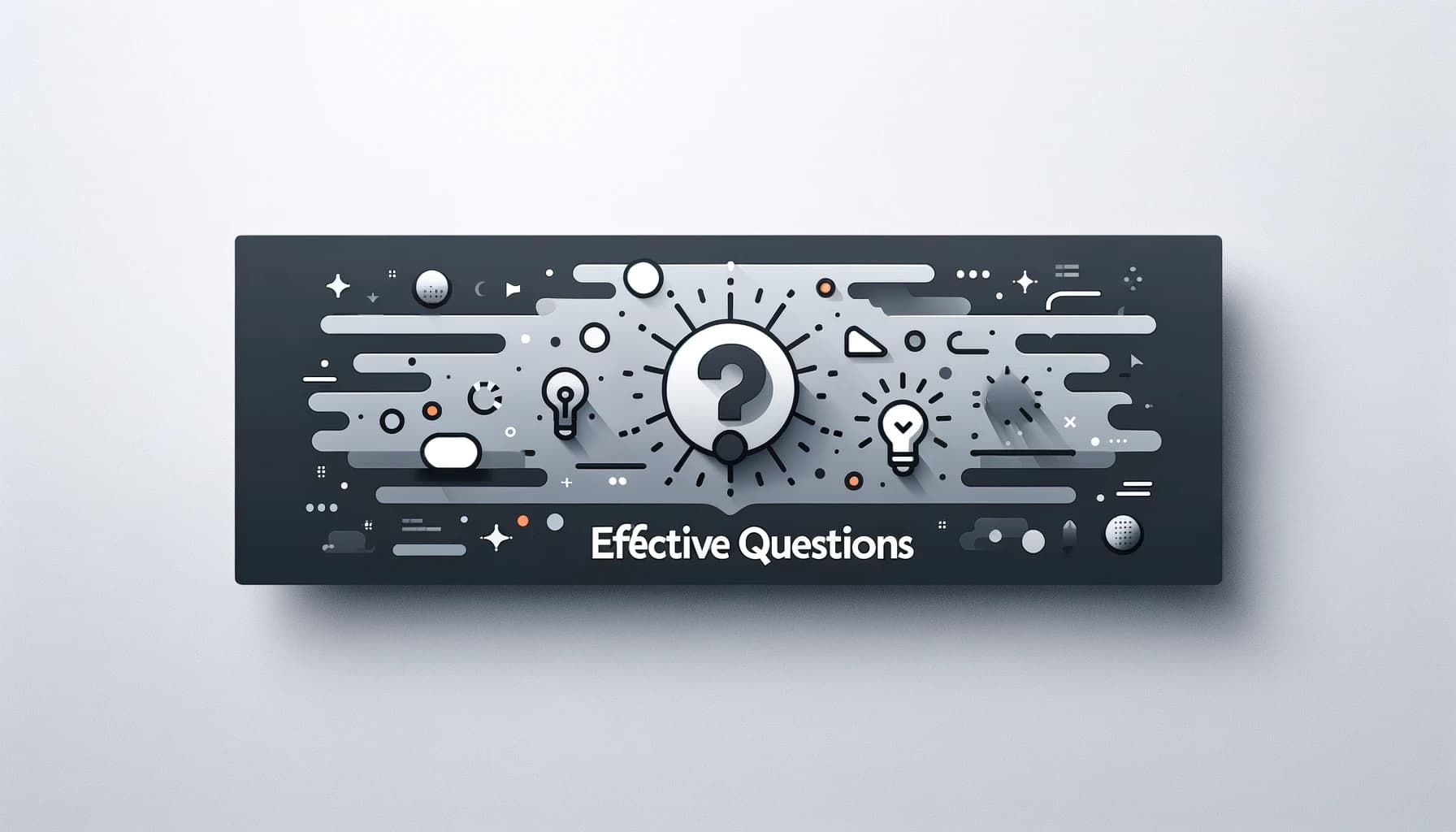What is Item Response Theory (IRT)?
Item Response Theory (IRT) is a framework used to analyse how students of varying ability respond to specific questions.
Why is there a need for Item Response Theory (IRT)?
The purpose of using Item Response Theory (IRT) to derive a person's ability estimate (usually a mathematical value), to achieve a more accurate and individualised assessment of a person's skills or traits.
What to consider during implementation
The overarching themes behind Item Response Theory (IRT) revolve around its approach to understanding and assessing individual abilities.
Individual Differences
IRT recognises that individuals vary in their abilities or traits, and it seeks to measure these differences accurately. This contrasts with more traditional methods that might treat all correct answers equally, regardless of the item's difficulty.
Item Analysis
A core aspect of IRT is its focus on the characteristics of test items themselves. It assesses items based on factors like difficulty, discrimination (how well an item differentiates between different ability levels). This analysis helps in creating more effective and reliable assessments.
Probabilistic Modeling
Probabilistic models estimate the likelihood that a person with a certain ability level will answer a specific item correctly. This probabilistic nature allows for more nuanced interpretations of test data.
How implement Item Response Theory (IRT)?
In this example we are going to use a 2-Parameter Logistic Model (2PL) for a biology exam focusing on the topic of the nucleus.
- Define Exam Objectives
- Clearly outline the learning objectives for the section on the nucleus. This could include understanding its structure, function, role in cell division, and genetic material handling.
- Develop a Question Pool
- Create a wide range of questions that vary in difficulty and are designed to test the various aspects of the nucleus. Include multiple-choice, short answer, and other question types if applicable.
- Pilot Testing
- Conduct a pilot test using these questions with a group of students. This initial testing helps in preliminary item analysis.
- Collect Data
- Administer the exam to your target group of students and collect their responses.
- Statistical Analysis
- Difficulty (how hard the question is)
- Discrimination (how well the question differentiates between students who understand the nucleus material and those who don't)
- Evaluate Item Quality
- Assess each question based on its estimated parameters. High-quality items will have appropriate difficulty and good discrimination.
- Revise Question Pool
- Based on the analysis, revise or remove questions that show poor discrimination or inappropriate difficulty levels.
- Scale Scores
- Convert the raw scores into a scaled score, making interpretation easier for students and educators.





